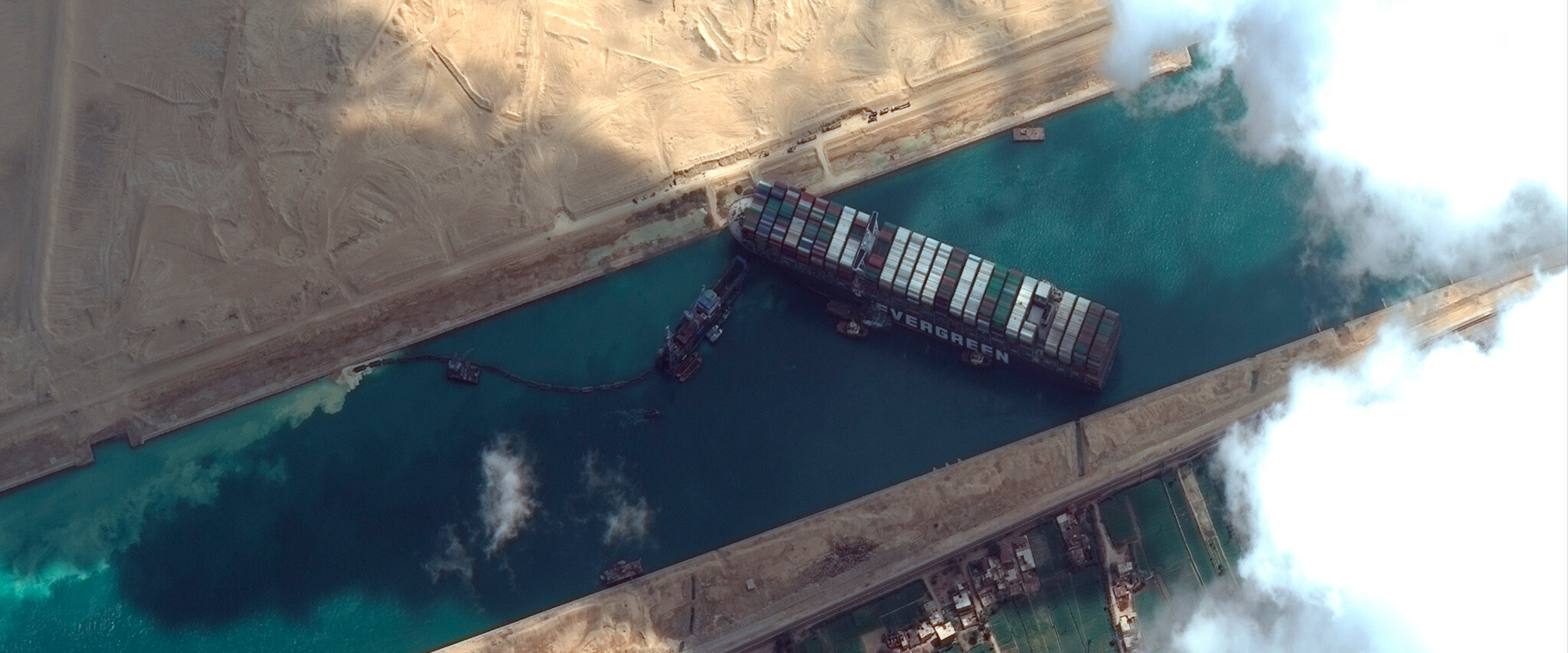This means that in the relationship between these temporal levels, connectedness and a lack of connections coexist and understanding their interplay is challenging. These temporal dis:connectivities significantly affect globalisation processes. For example, the concept of futurity, which shapes public discussions on globalisation in terms of future forecasts, hopes and fears, plays an important role. The approach draws on both historiographical and more recent social-science discussions on categories of expectation, such as the ‘potential’ and the ‘fictional’ expectations of capitalism. The caesura of the Covid-19 pandemic, the paradigmatic dis:connective phenomenon of our time, has also led to an intensified reflection on the future in all areas of life and work, including art.






